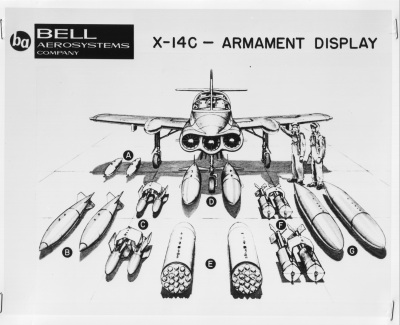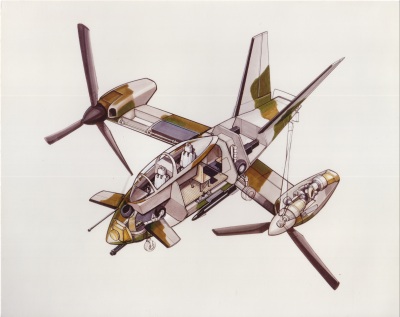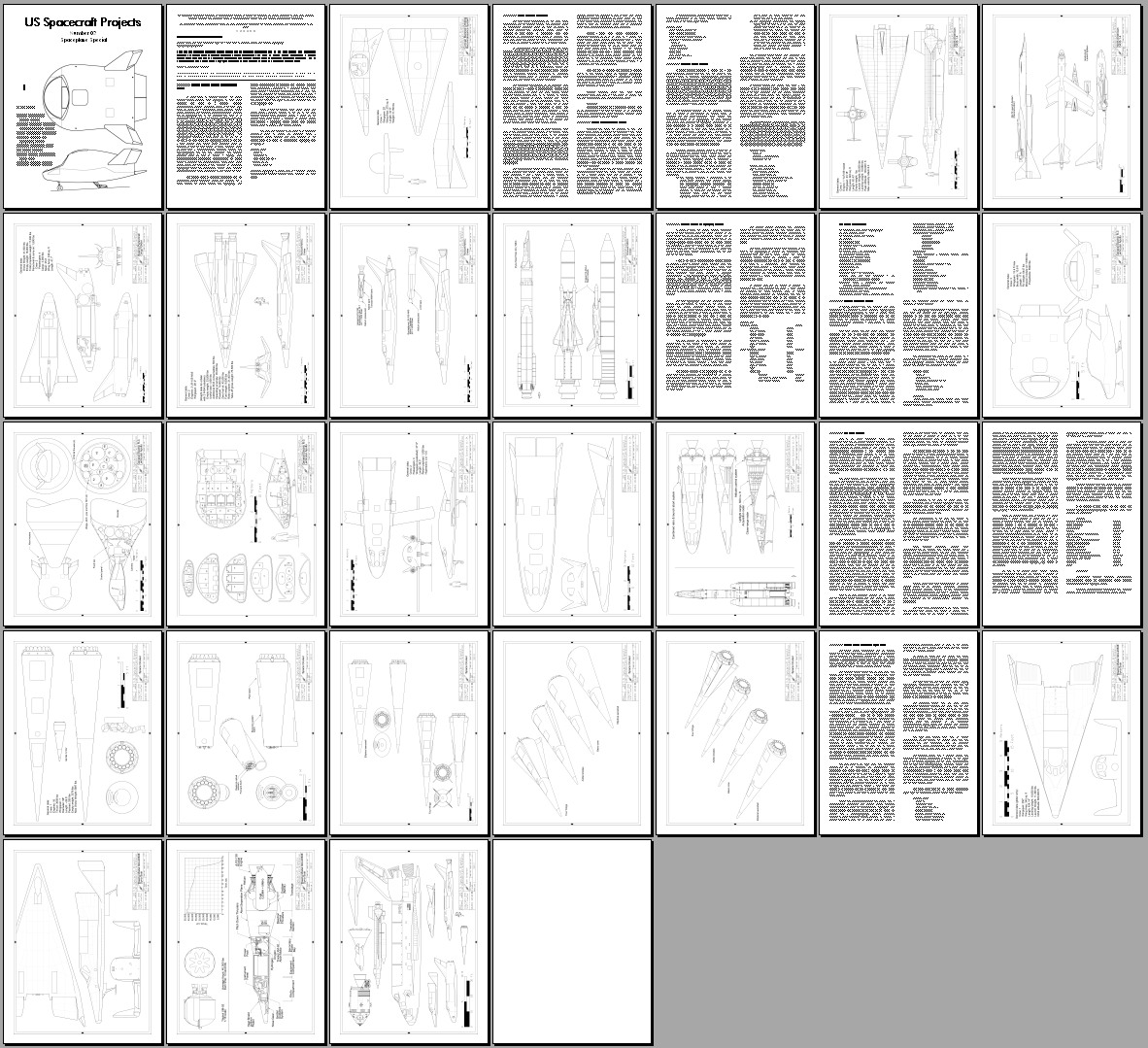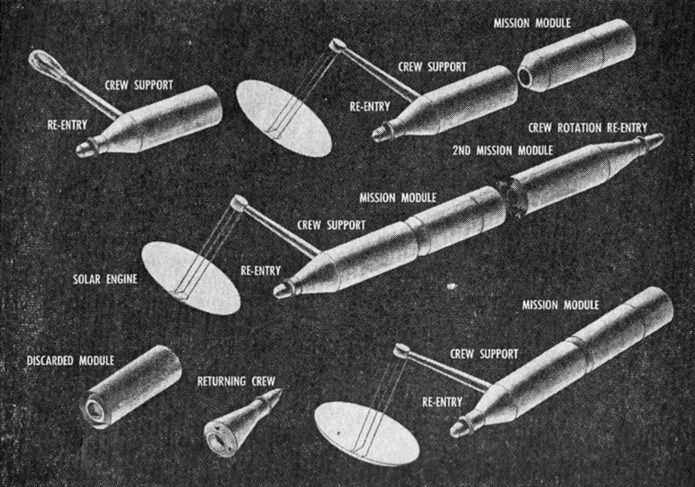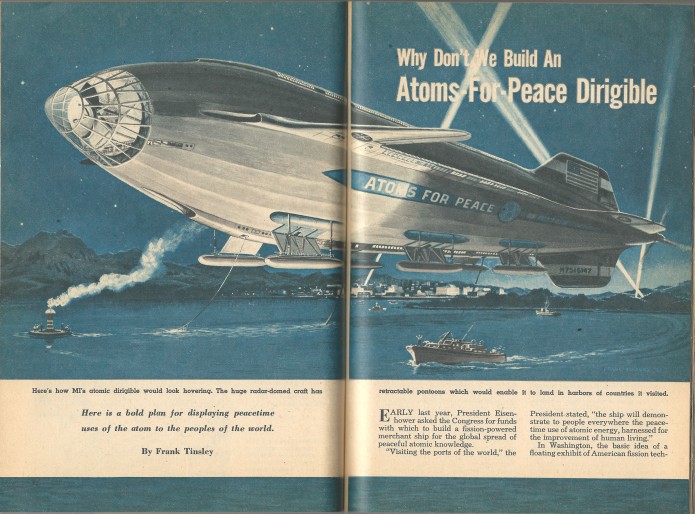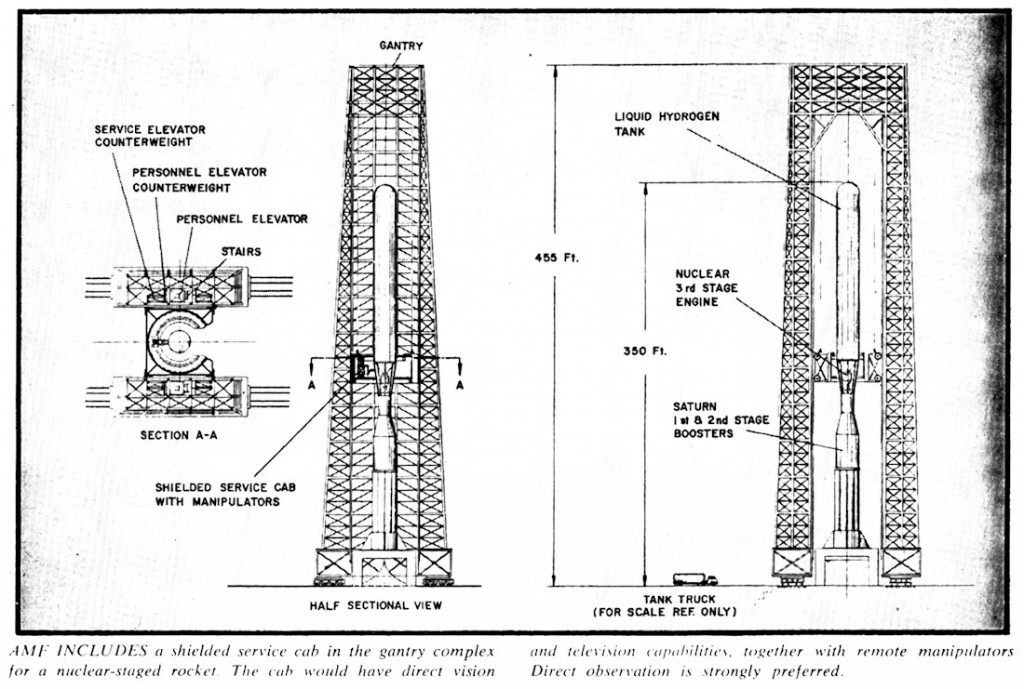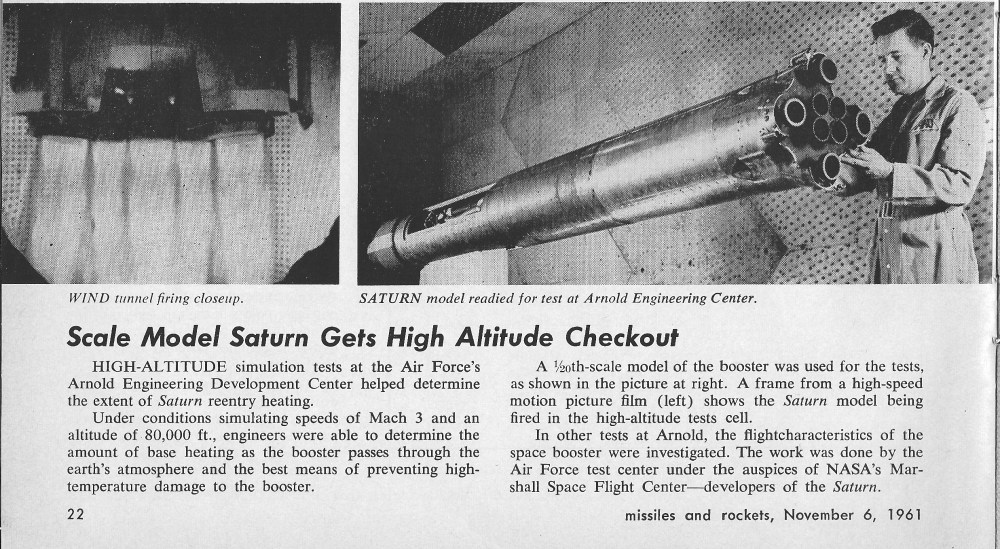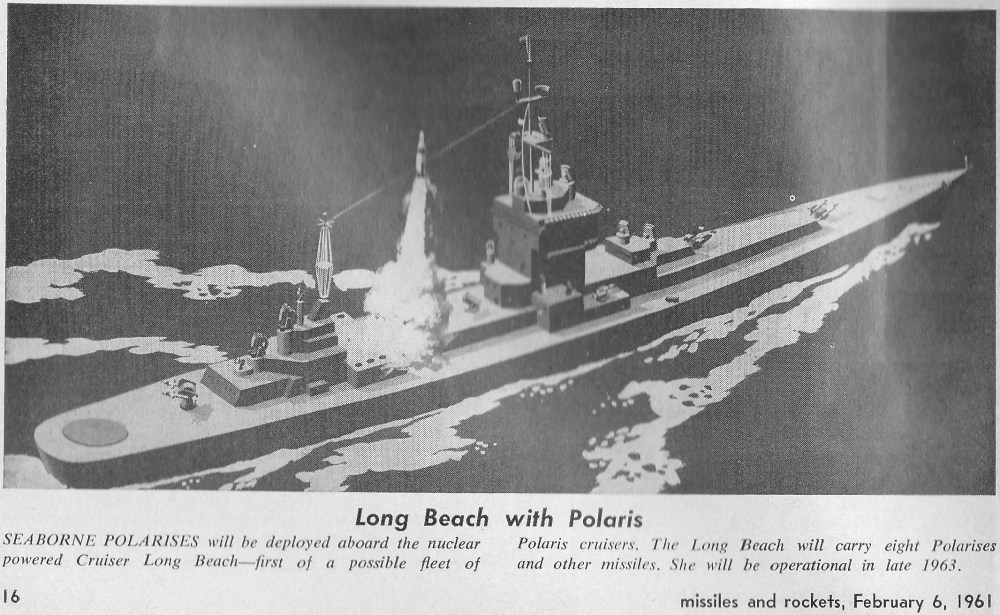Last night I went to upload the monthly catalogs of diagrams & documents for the $10-level Patreon patrons to choose from… and found that something screwy is going on with the file attachment system. After much useless flailing I determined that the system, which has worked fine until now, is just plain broken. However, an alternate system seems to have presented itself which should work just fine. And additionally I wound up adding two pieces of high-rez artwork for $4-and-up-level patrons… an X-14C VTOL ground attack plan weapons loadout display, and the Bell “Mighty Mouse” small assault transport tiltrotor. If you would like to become a patron and get occasional bonus goodies like these (as well as the regular monthly rewards), please consider signing up to become a patron. For a pittance per month, you get all kinds of aerospace history goodies.
The full-size versions (available to $4 patrons under the “Creations” tab) are much bigger:

